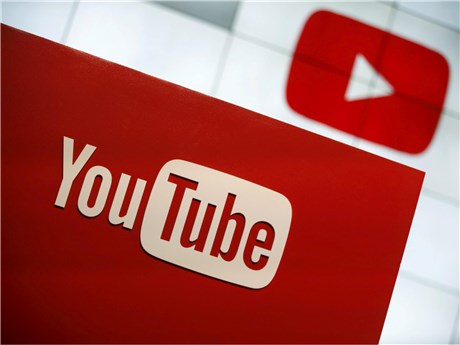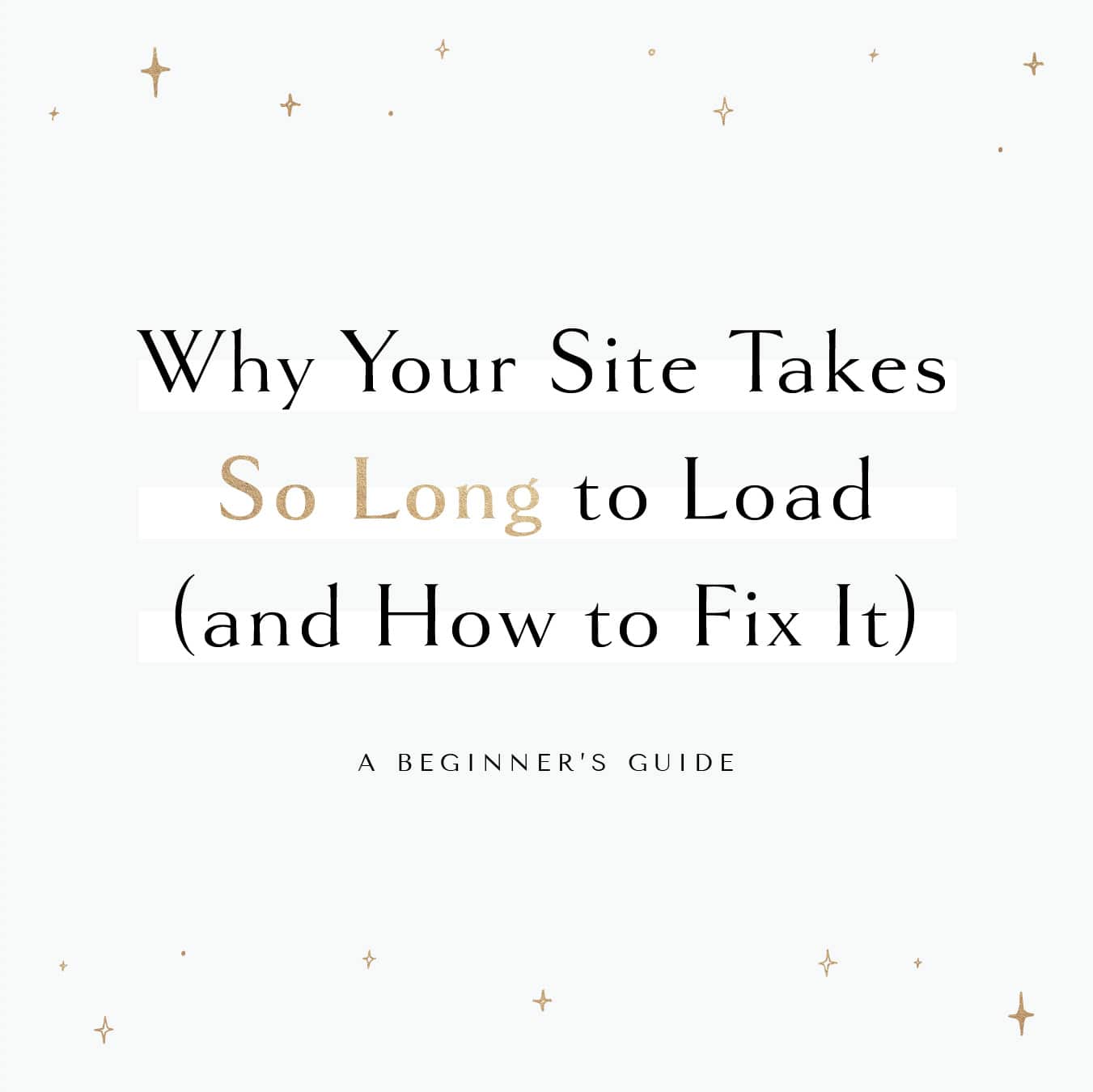Ever found yourself staring at the spinning wheel on YouTube, waiting for your favorite video to load? You’re not alone! Many users experience frustrating delays, and understanding the reasons behind this can help you enhance your viewing experience. In this post, we'll unravel some common factors that influence YouTube's loading speed, starting with one of the most crucial elements: your internet speed.
The Role of Internet Speed

Your internet speed plays a pivotal role in how quickly YouTube loads and streams videos. Think of it like a highway: the wider and faster the road, the more traffic it can handle. Here’s how different speeds can impact your viewing experience:
| Internet Speed (Mbps) | Video Quality | User Experience |
|---|---|---|
| 1-3 | Low Quality (144p - 360p) | Poor; often buffers. |
| 3-5 | Standard Quality (480p) | Acceptable; may still buffer. |
| 5-10 | High Definition (720p) | Good; buffering is minimal. |
| 10-25 | Full HD (1080p) | Great; smooth playback. |
| 25+ | Ultra HD (4K) | Excellent; virtually no buffering. |
To sum it up, if you're on a slower connection, you might only be able to enjoy lower-quality videos without interruption. On the flip side, high-speed internet is your golden ticket to seamless streaming! Consider running a speed test to see where you stand. If it's below the recommended speeds for your desired video quality, it might be time to think about upgrading your plan or optimizing your network settings.
Also Read This: Can YouTube Detect AI-Generated Content? What Creators Should Know
Device Performance and Compatibility

When it comes to streaming videos on YouTube, the performance of your device plays a crucial role. Imagine trying to drive a sports car on a bumpy road – it just won’t perform at its best. Similarly, if your device is older or not optimized for video playback, you might experience longer loading times.
Here are some key factors related to device performance:
- Processor Speed: Devices with slower processors struggle to decode video streams efficiently.
- RAM Availability: Insufficient RAM can lead to buffering, as your device may not have enough memory to handle the video data.
- Graphics Capability: A weak graphics card can also hinder playback, especially for high-definition videos.
Compatibility is another vital aspect. If you’re using outdated browsers or an operating system, YouTube may not run optimally. Always ensure that your device's software is up to date for the best experience. Additionally, using modern browsers like Google Chrome or Firefox can significantly enhance loading speeds.
Also Read This: How to Record a TV Show on YouTube TV for Easy Access to Your Favorite Episodes
Server Location and Traffic

YouTube's vast infrastructure relies on a network of servers located around the globe. The location of these servers relative to your device can greatly impact loading times. Think of it like ordering food from a restaurant; if it’s nearby, you get your meal faster!
Here’s how server location affects your experience:
- Proximity: The closer you are to a YouTube server, the faster the data transfers, reducing loading times.
- Server Traffic: If a server is overloaded with users streaming simultaneously, it can lead to slowdowns and delays.
During peak usage times, such as evenings and weekends, you might notice slower performance due to increased traffic. YouTube uses a content delivery network (CDN) to manage this traffic, but if many users are accessing the same video, it can still take longer to load.
Also Read This: What Did Master Oogway Do on YouTube? Exploring His Iconic Moments
5. Video Quality and Buffering
When you click play on a YouTube video, one of the first things that can affect how quickly it loads is the video quality you’ve selected. YouTube automatically adjusts the quality based on your internet speed, but sometimes it doesn’t get it right. If you’re on a slower connection, trying to stream a video in 1080p can lead to frustrating buffering.
Here’s how video quality impacts loading times:
- Higher Quality, Longer Load Times: Videos at 4K resolution require significantly more data. If your internet speed isn’t up to par, this can result in long buffering periods.
- Adaptive Streaming: YouTube uses adaptive bitrate streaming. This means it will lower the quality if it detects your connection is slow, but this adjustment can take a few moments.
- Manual Adjustments: You can manually change the video quality by clicking on the gear icon in the video player. If you’re experiencing delays, try switching to a lower resolution.
In summary, while high-definition videos look stunning, they can also lead to longer loading times. Keeping an eye on your quality settings can help you enjoy a smoother viewing experience.
Also Read This: How to Download YouTube Videos on iPhone Without Premium: Methods for Saving Videos Without a YouTube Premium Account
6. Browser Issues and Cache Problems
Your web browser plays a crucial role in how quickly YouTube loads. Over time, browsers accumulate cache and cookies, which can cause performance issues. Here’s how these factors can affect your YouTube experience:
- Cache Overload: Browsers save data to speed up loading times, but if the cache becomes too full, it can actually slow down browsing. Clearing your cache regularly can help improve performance.
- Outdated Browser: Using an outdated version of your browser can lead to compatibility issues. Make sure you’re using the latest version to benefit from performance improvements and bug fixes.
- Extensions and Add-ons: Sometimes, browser extensions can interfere with video playback. Disabling these can sometimes resolve loading issues.
To sum it up, keeping your browser tidy and up to date can significantly improve how quickly YouTube videos load. Regular maintenance is key to a smoother viewing experience!
Understanding Why YouTube Takes So Long to Load
YouTube is one of the most popular video streaming platforms in the world, but users often experience delays when trying to load videos. Understanding the reasons behind these loading times can enhance your viewing experience. Here are some key factors that contribute to YouTube's loading delays:
- Internet Speed: A slow internet connection is a primary cause of buffering. Users with lower bandwidth may experience longer loading times.
- Video Quality: Higher video resolutions (like 4K or 1080p) require more data, which can slow down loading if your connection isn't fast enough.
- Device Performance: Older devices may struggle to process high-definition videos efficiently, leading to longer loading times.
- Network Congestion: Peak usage times can lead to network congestion, slowing down your connection and affecting video loading speeds.
- Cache and Cookies: Accumulated data in your browser can hinder performance. Regularly clearing your browser's cache can improve loading times.
It's also helpful to understand the role of YouTube's servers. When a video is requested, it connects to the nearest server, which might be overloaded or distant from your location, further impacting speed.
| Factor | Impact on Loading Time |
|---|---|
| Internet Speed | High impact; slow connections lead to buffering. |
| Video Quality | Moderate to high impact; higher quality means longer load times. |
| Device Performance | Moderate impact; older devices may lag with HD content. |
In conclusion, various factors such as internet speed, video quality, device performance, network congestion, and cache issues contribute to YouTube's loading times. By addressing these elements, users can improve their streaming experience and minimize delays.
 admin
admin








